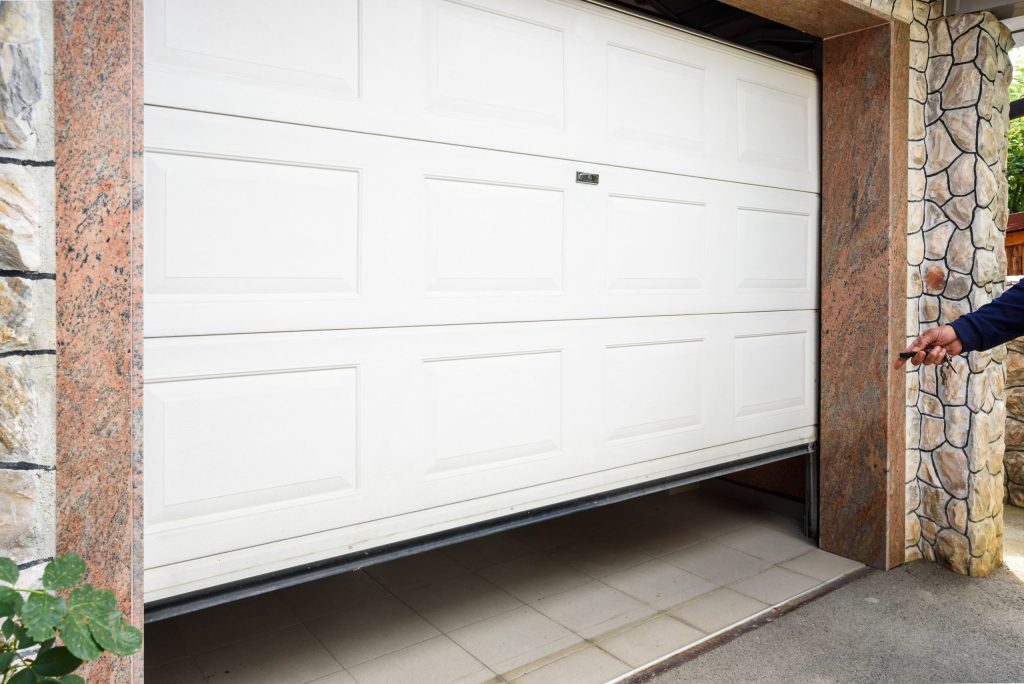Boost Home Efficiency with Garage Door Insulation

Improve Home Efficiency with Effective Garage Door Insulation
Quick Summary: Proper garage door insulation can significantly reduce energy costs and increase your home’s comfort. Discover how to choose the right insulation for your garage door and improve your home’s efficiency today.
Garages are often the forgotten entry points when it comes to home insulation. However, insulating your garage door can result in significant savings on energy bills, a more comfortable home environment, and even increased property value. Let’s dive into how you can effectively insulate your garage door and the benefits it brings.
Why Insulate Your Garage Door?
Insulating your garage door helps maintain a consistent temperature inside your garage, which can impact your entire home’s efficiency. A well-insulated garage door prevents heat loss during cooler months and keeps the heat out during summer.
1. Reduced Energy Costs
An insulated garage door reduces the need for heating in winter and air conditioning in summer. By maintaining a more consistent temperature, your HVAC system doesn’t have to work as hard, which translates to lower utility bills.
2. Enhanced Comfort
Especially if your garage is attached to your home, its temperature can affect the comfort levels of adjacent rooms. Insulation helps maintain a steady temperature, reducing cold drafts and making your home more pleasant year-round.
3. Increased Home Value
Insulated garage doors are a desirable feature for potential buyers, as they signify energy efficiency and lower operating costs. Whether for garage door insulation or overall home improvement, insulation can add value to your property.
Types of Insulation Materials
Selecting the right insulation material is crucial. Common materials include:
- Polystyrene Panels: Lightweight and cost-effective, these panels offer moderate insulation and are easy to install.
- Polyurethane Foam: Provides higher insulation values (R-values) than polystyrene and offers excellent soundproofing benefits.
- Reflective Foil Insulation: Ideal for hot climates, this type of insulation reflects radiant heat rather than absorbing it.
How to Insulate a Garage Door
1. Measure Your Garage Door
Before purchasing insulation, accurately measure the panels of your garage door. This ensures you buy enough material to cover all areas thoroughly.
2. Purchase a Kit or DIY
Many home improvement stores offer insulation kits tailored for garage doors. These kits can be an easier option for installation but feel free to customize your materials if you prefer the DIY route.
3. Install the Insulation
- Clean the door surface to ensure the insulation adheres properly.
- Cut your insulation to match the panel sizes.
- Secure the insulation using the adhesive strips provided, following the kit’s instructions or your DIY method.
If insulation installation seems overwhelming, consider contacting a professional for guidance.
Additional Considerations
In tandem with insulation, ensure your garage door is otherwise in good health. Services like garage door panel replacement and spring replacement help keep your door functioning optimally. If there are ongoing issues, emergency garage service may be needed to address repairs.
Conclusion
Investing in garage door insulation is a simple yet effective way to enhance your home’s energy efficiency, save on utility costs, and boost overall comfort. Whether you opt for a kit or hire professional services, the benefits are clear. For more information on solutions, including opener installation and other home upgrades, contact us today.
Call us today at (888) 794-6420 to resolve any garage door issue!

